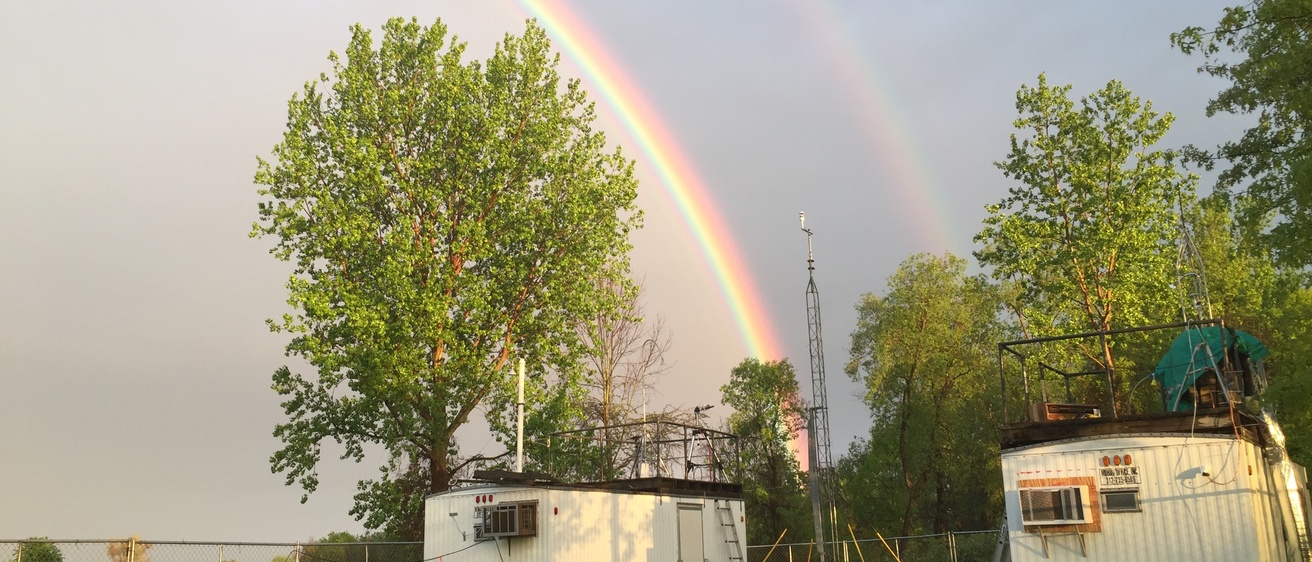Out in final form: the URL is https://journals.plos.org/plosone/article?id=10.1371/journal.pone.0300050
Author list: Megan B. Christiansen, Charles O. Stanier, Dagen D. Hughes, Elizabeth A. Stone, R. Bradley Pierce, Jacob Oleson, Sherrie Elzey
Abstract: The quantification of aerosol size distributions is crucial for understanding the climate and health impacts of aerosols, validating models, and identifying aerosol sources. This work provides one of the first continuous measurements of aerosol size distribution from 1.02 to 8671 nm near the shore of Lake Michigan. The data were collected during the Lake Michigan Ozone Study (LMOS 2017), a comprehensive air quality measurement campaign in May and June 2017. The time-resolved (2-min) size distribution are reported herein alongside meteorology, remotely sensed data, gravimetric filters, and gas-phase variables. Mean concentrations of key aerosol parameters include PM2.5 (6.4 μg m-3), number from 1 to 3 nm (1.80x104 cm-3) and number greater than 3 nm (8x103 cm-3). During the field campaign, approximately half of days showed daytime ultrafine burst events, characterized by particle growth from sub 10 nm to 25-100 nm. A specific investigation of ultrafine lake spray aerosol was conducted due to enhanced ultrafine particles in onshore flows coupled with sustained wave breaking conditions during the campaign. Upon closer examination, the relationships between the size distribution, wind direction, wind speed, and wave height did not qualitatively support ultrafine particle production from lake spray aerosol; statistical analysis of particle number and windspeed also failed to show a relationship. The alternative hypothesis of enhanced ultrafine particles in onshore flow originating mainly from new particle formation activity is supported by multiple lines of evidence.
